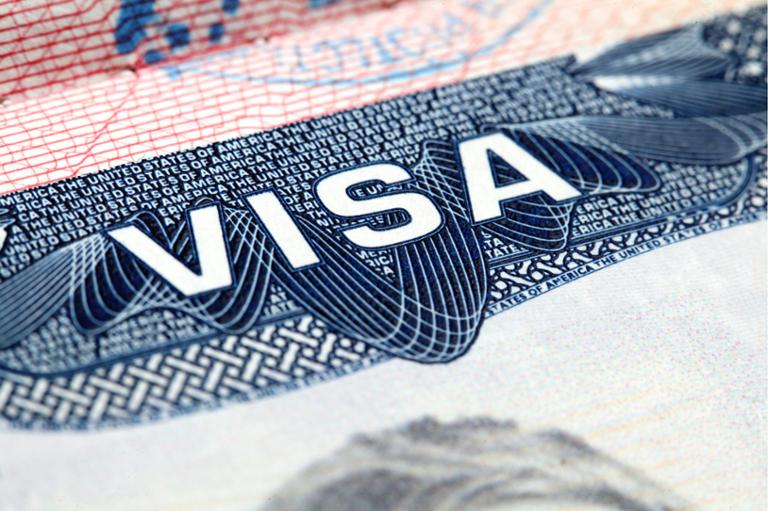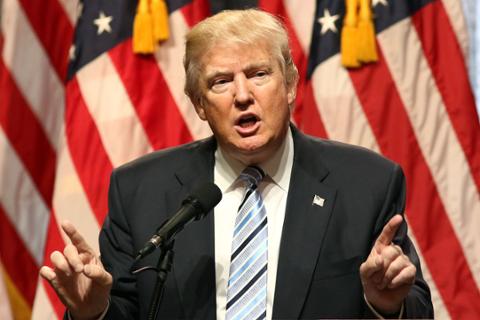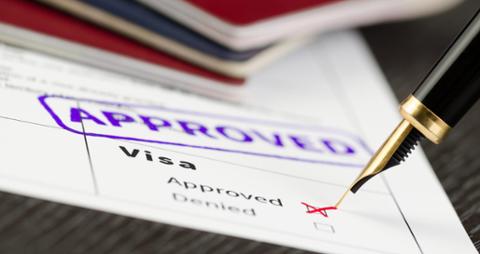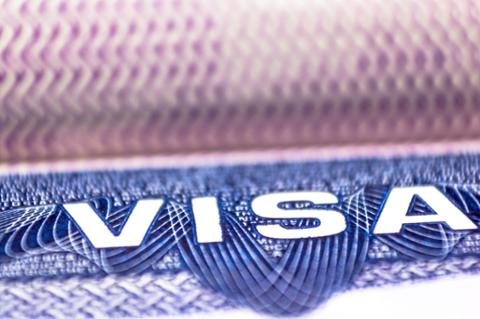Two years ago, President Trump signed the “Buy American and Hire American” executive order. The program was intended to “protect the economic interests of U.S. workers and prevent fraud and abuse in employment-based visa programs,” in the words of U.S. Citizenship and Immigration Services (USCIS). But has it actually accomplished those goals, particularly in the context of H-1B?
For its part, USCIS insists that significant progress has been made. “We still have work to do but the improvements we’ve made so far better protect U.S. workers’ jobs and wages, enhance fraud detection and prevention in employment-based visa programs, and increase the overall transparency of those programs for the American public,” USCIS Director L. Francis Cissna wrote in a statement marking the anniversary.
But what has USCIS actually done over the past 24 months? The short answer: Not as much as critics would like, at least in the context of the visa programs that matter a good deal to tech companies (and tech pros). In order to mark the anniversary, USCIS is touting the launch of a webpage that provides “additional data on various employment-based immigration programs,” along with statistics on employment authorization documents; it’s also very big on the H-1B Employer Data Hub it recently produced that breaks down which employers are petitioning for H-1B visas.
In addition, USCIS has tweaked a number of policies related to H-1B approvals. For instance, it squeezed off premium processing while it worked through a backlog of applications, and instated a more aggressive review system (such as not taking prior visa decisions about applicants into account) that may have led to a rise in the rate of denials for new H-1B petitions.It also targeted H-4 EAD, which allowed the spouses of H-1B visa holders to obtain work, for elimination.
"I think the most striking thing is the change in denial rates has happened without any new law or regulation that many people feel would be necessary to have allowed an agency to deny so many applications in a legal manner," Stuart Anderson, executive director of the National Foundation for American Policy and a former staffer on the Senate Immigration Subcommittee, recently told Wired.
But for critics of the system, tweaks are just that—minor adjustments to a system they view as desperately in need of a radical overhaul. Many of these folks were heartened when, during the 2016 Presidential campaign, Donald Trump vowed to “end” the H-1B program, declaring it “very, very bad for workers.” Now they want the U.S. government to fulfill that campaign rhetoric.
Others would argue that the system is already working better, as evidenced by the rise in denials, which disrupts the plans of outsourcing firms to source as many successful H-1B applications as possible. For years, tech pros have complained—strenuously—that those firms use the applications to replace American workers with cheaper labor.
In the wake of these changes, U.S. firms are also shifting more jobs to Canada, according to a recent report by Envoy Global. In a survey, some 35 percent of companies said they were sending more people to Canada and hiring foreign nationals there; some 15 percent were only hiring foreign nationals to work there.
But that hasn’t stopped companies from attempting to claim as many H-1B visas as they potentially need: USCIS reported that the cap for H-1B visas for fiscal year 2020 was hit within days of opening, following the trend of previous years (since 2014, the cap has filled within five days of opening).
The Future of H-1B
And USCIS still has plans in progress, including its most radical change: altering how the H-1B lottery works. Currently, applicants with advanced degrees enter a “master’s cap” pool of 20,000 visas; those who are rejected then enter the 65,000-visa “general pool,” which features applicants without advanced degrees.
The revamped system will essentially invert this, allowing all applicants—including those with advanced degrees—to enter the “general pool.” Any who don’t land a visa during that first round can then end up in the “master’s cap” pool. In theory, this gives applicants with advanced degrees two shots at landing a visa.
In essence, critics probably feel that USCIS hasn’t done nearly enough, and should either eliminate or severely curtail H-1Bs; meanwhile, the restrictions that have been imposed so far have caused a fair amount of chaos for any number of tech firms. It’s a messy issue, which is something that seems unlikely to change anytime soon.



